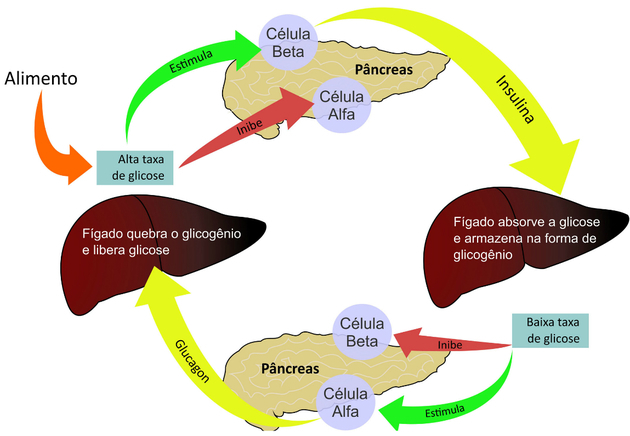The seahorse is a small bony fish, which has an elongated head, similar to that of a horse.
In general, seahorses are just over 15 cm.
The seahorse has small fins, which makes it impossible to swim against the current. Thus, he prefers calm and shallow water environment. This fact also makes it more vulnerable to overfishing.
Seahorses feed on small crustaceans.
The seahorse belongs to the Syngnathidae family. In Brazil, two species are found: Hippocampus raid and Hippocampus erectus. Being H. raid the most common.
Currently, the seahorse is threatened with extinction due to overfishing and the degradation of its habitat. Seahorses are usually marketed live for use in aquariums or dried for decorative purposes.
Learn more about Fish.
Seahorse reproduction
Probably the most peculiar feature of the seahorse is the fact that males become pregnant. Females transfer their eggs to an incubation bag present in males.
When eggs are transferred, males release their sperm into the hatchery, fertilizing them. It is a
internal fertilization. The male carries the eggs for approximately two months, the period of gestation, until they hatch from the hatchery. Pregnant Seahorse
Pregnant Seahorse
Read the article about Ovoviviparous animals.
Curiosities
- Seahorses can change color and camouflage themselves. This condition helps in defending against your predators.
- Seahorses have two eyes that can move independently of each other.
- In the wild, they can live for 5 to 7 years.



